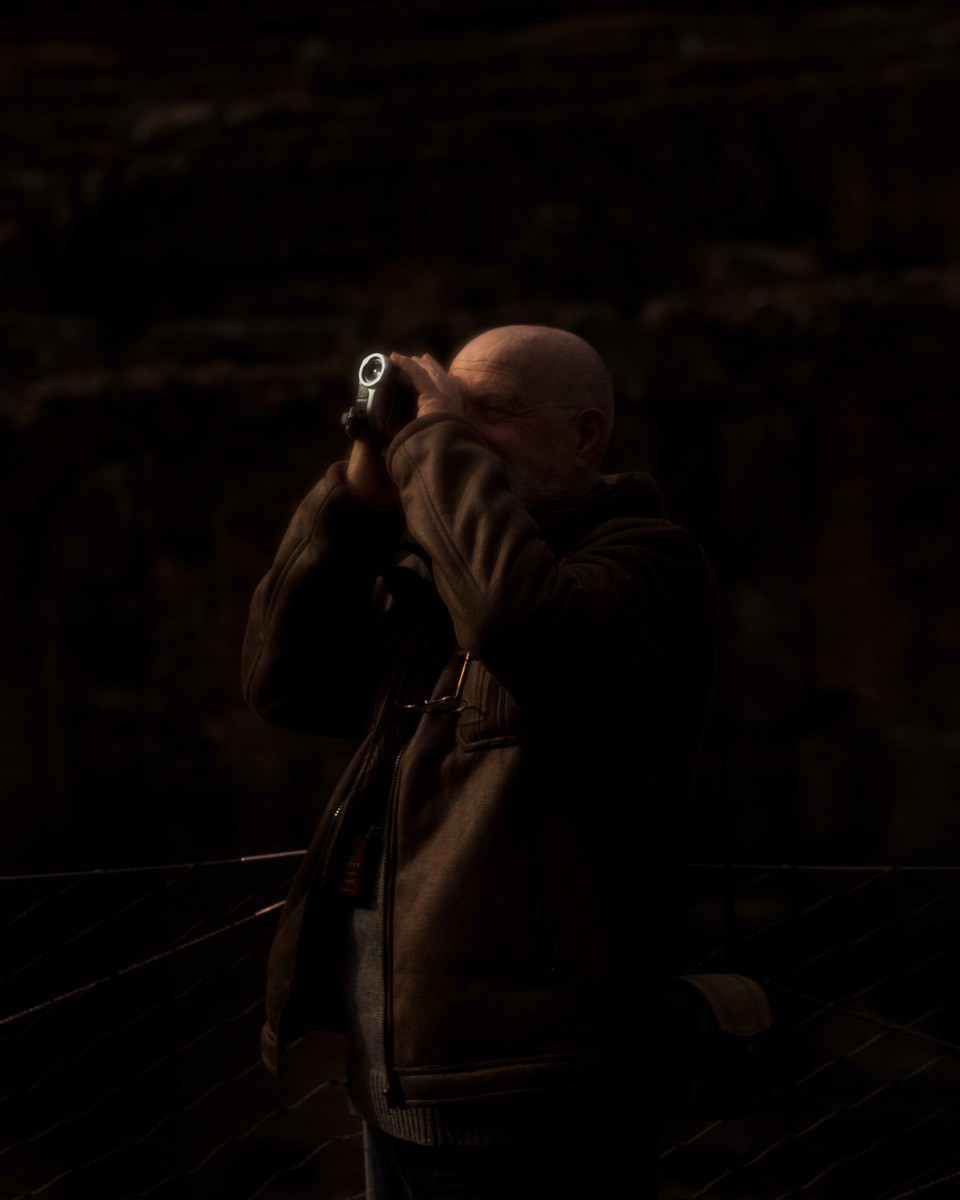Columbus, Ohio-based photographer Tom Hoying explores tourist culture in his series “Scenic View”. He says, “Every year millions of people visit countless landmarks, lookouts, monuments, and museums in search of an authentic lived experience. The nostalgia of place can be overwhelmingly powerful. Often the anticipation of a photographed experience, and the memories associated with the photographs produced are more potent than the lived experience itself.”
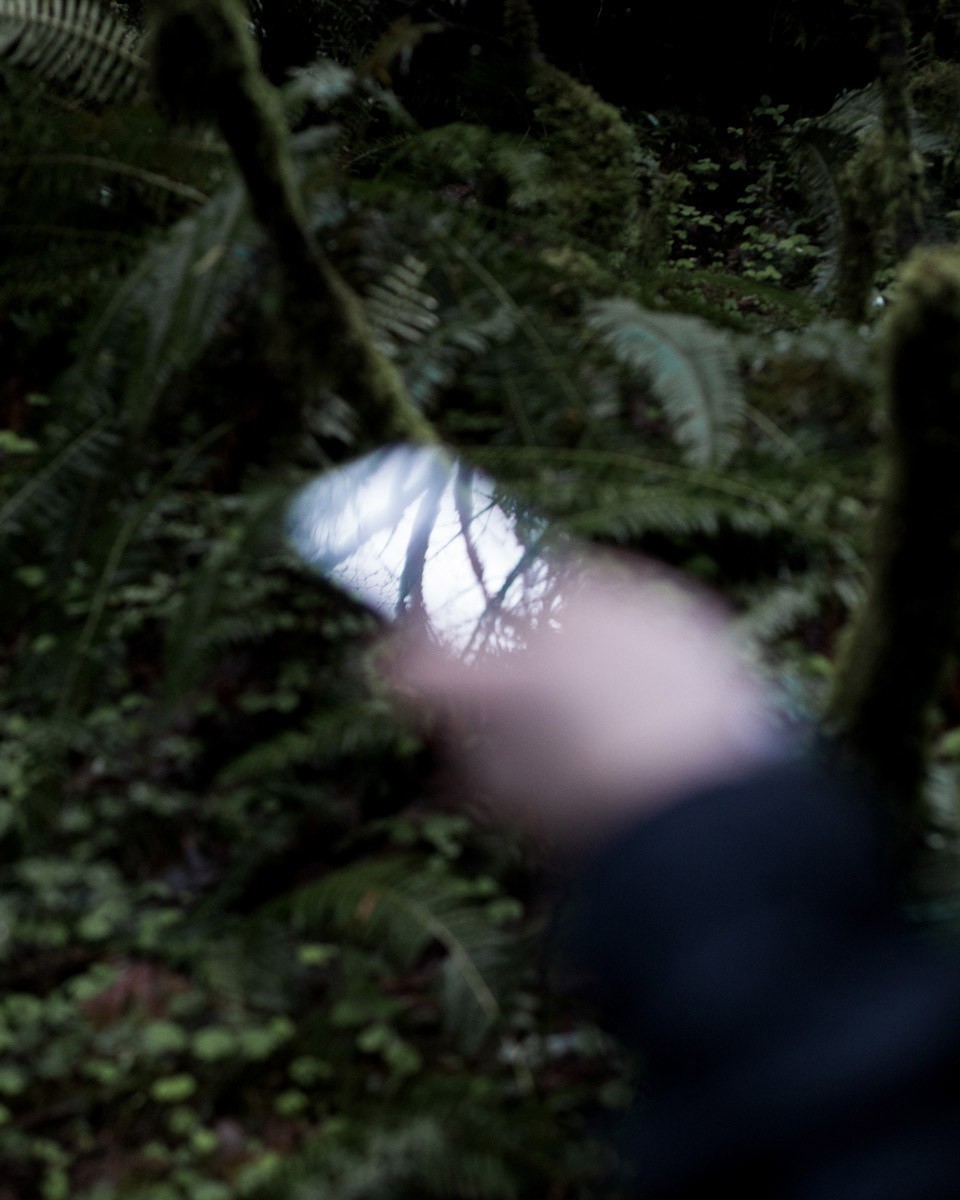
Scenic View is a series of photographs that attempt to explore tourist culture, and the relationship photography has as a tool to mediate and document lived experience within the American landscape.
Tom Hoying (b. 1991) is a Columbus, OH based artist and documentary photographer. His work explores social, and religious themes in the American Midwest and takes the form of long term documentary projects.
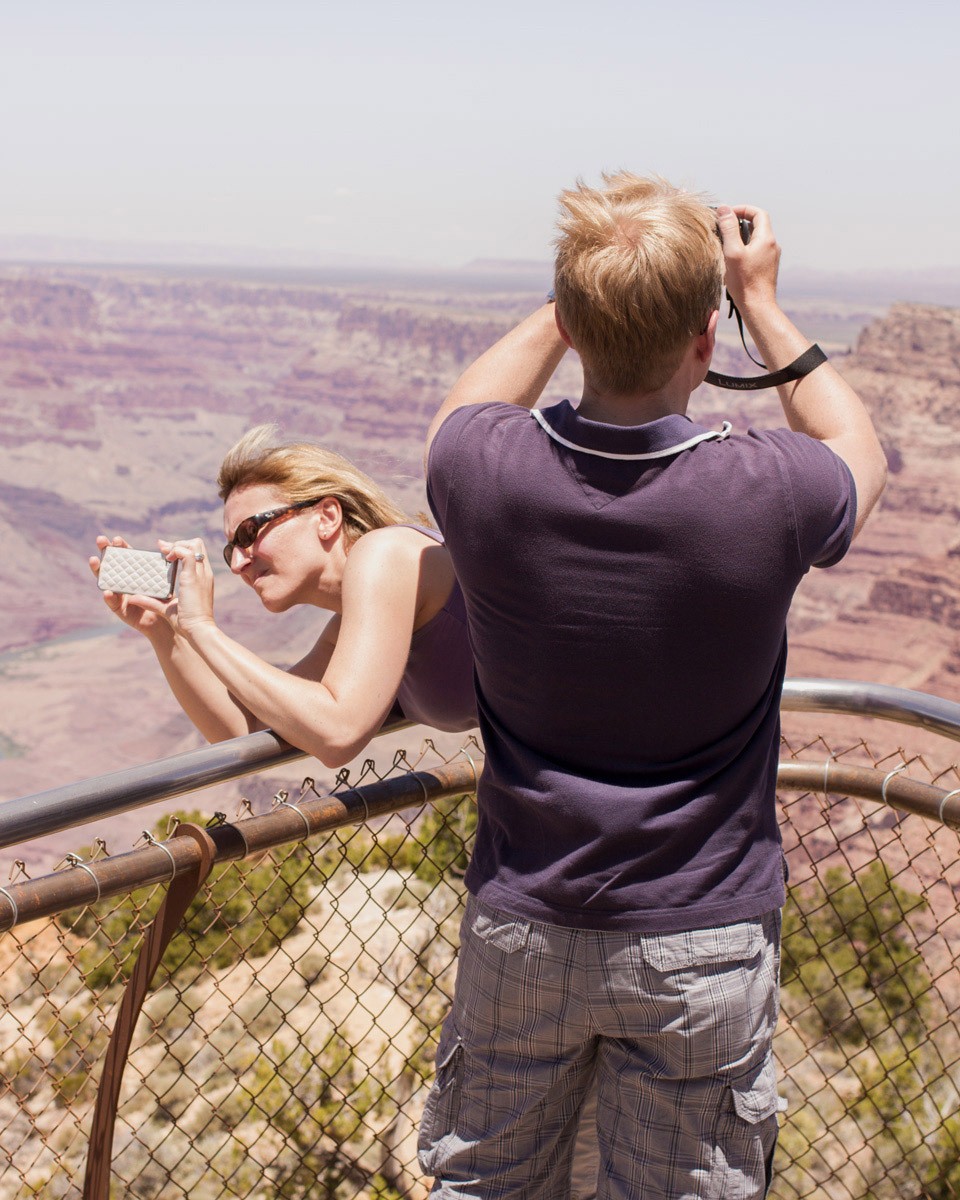
But, it’s his “I almost drowned in the Blue River,” from a few years ago that stuck with us; an immediate and harrowing collection of life along the Ohio River, a mundanity captured with such careful eyes.
“My mom grew up on a farm in southern Indiana with 10 siblings. I spent a great deal of my childhood visiting that farm and the surrounding area. In a lot of ways “I almost drowned in the Blue River” is a love letter to my family and the area where they live.”
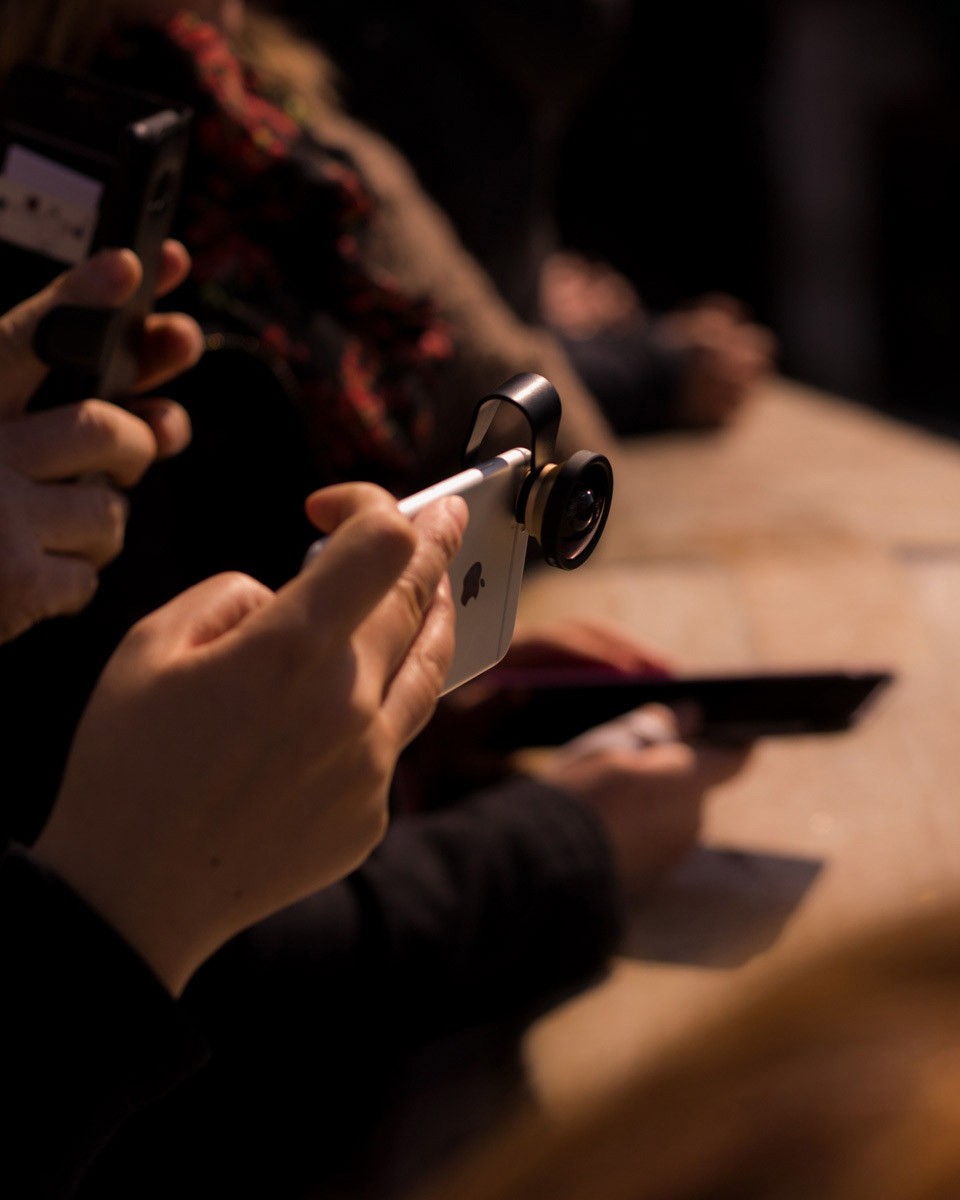
“I made the bulk of this project in 2014 and I don’t think my perspective of the work has changed at all. However, someone could look at the project now and read it solely as “Trump’s America,” which to me is shallow and one-dimensional. I still have the same love and respect for my family and the communities I photographed. The recession in the late 2000s hit everyone hard—industrial America particularly so. I can’t speak for all of the rural Midwest, but the people I know are generous and loving and will always look out for one another and those in need. I hope that sentiment still rings true to viewers.”
“When I first showed this work I was standing in the gallery with my prints getting feedback from a few people and they all remarked about how it reminded them of where they came from, or somewhere close to them. For me, being able to connect with the subjects and subject matter in an intimate way, and then in turn sharing that experience with viewers who are able to connect and relate to the images in their own way is why I make photographs.”
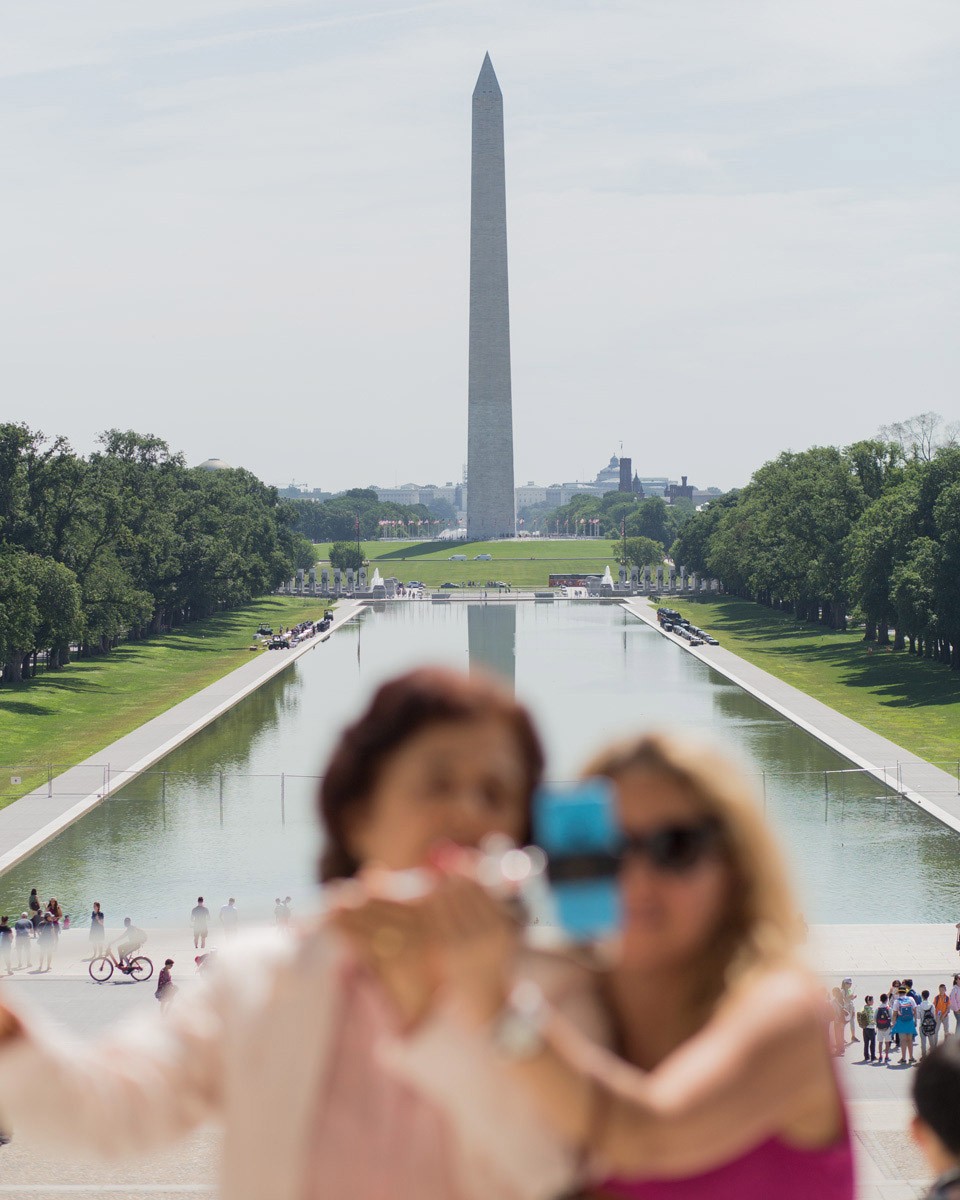
People often get hung up on the technical side of photography, spending lots of time and money on equipment. A camera is just a tool—a means to an end. Just like drawing, photography is another way of seeing. You can make a beautiful photo with a phone, and a really terrible one with a $10,000 camera. The person who’s holding the camera, their vision, and what drives them to make photos, is what’s really important.






